Vers sera, specialmente, par de essere in cielo.
The Piedmont writer, Cesare Pavese, wrote this about the village of Càstino, on whose outskirts we rented a country home for a week with Lynn and Ward. Translated, it reads, “Towards evening, especially, it feels like being in heaven.”
Isn’t that how a parent feels about every vacation place shared with their adult children?
To have the evenings together, talking about the day, planning dinner (use the eggplants?), a glass of Barbaresco in hand, the night in front of us.
The owners of our rented abode in the Langhe area of Piedmont, Suzanne and Carlos Gross, published a small book about their home, a place they call Cascina San Giovanni. Reading it, we could imagine their thrill discovering the abandoned property back in 1985, the lengthy process of rebuilding, the pleasure of raising their boys here, the garden’s abundance enjoyed with friends.
But for generations before their arrival, this was the home of the Crema family.
During the renovations, Carlos discovered hand grenades and ammunition in the attic—and an escape tunnel the Crema family had built under the house during WWII. In the book, he writes that when the Germans were searching for partisans in the Langhe, the Crema family would sleep outdoors on heavy planks laid over water troughs. When the war ended, they abandoned their home, deciding it was too difficult to make ends meet by farming.
Cold stone, stale smoke, odd smells; the house holds the fusty memories of another century. A considerable amount of time has passed since it was deeply loved.
One can see why both families settled in Piedmont, the largest region in Italy after Sicily. Enclosed by the alps of Switzerland on the north and France on the west, it shares some of the characteristics of its neighbours: a sense of reserve, excellent wine, amazing truffles and picturesque villages. But is less travelled, more rugged, more varied.
In the past, Fiat was the region’s economic driver. There’s still an automotive industry (Maserati), but the economy has swerved toward aerospace, electronics, jewellery (Cartier) and food—the Slow Food movement started here, as did Lavazza coffee, Nutella and the Ferrero Rocher chocolates you see in duty-free stores. We came to Piedmont for its white truffles, Nebbiolo wine, tasty hazelnuts, hilltop villages and a leisurely week after hiking in the Dolomites.
The first thing we did on Saturday afternoon after unpacking was to walk into Càstino. Perched on a ridge that divides two valleys, the historic village may have gotten its name from Castus, a Roman official, Càstino in Italian. We should have texted Martina, the agent who met us at the house, to ask how it became a flower-themed village. But she manages almost forty other properties, so we limited our communication to necessities, like coffee makers.
The alimentaire she told us about was open, but the acclaimed Vola Bontà per Tutti (5*pizza and a café)and La Bottega dei Ravioli (tiny pouches of home-made agnolotti delplin, a meat-filled regional specialty) were shuttered all week. On our own we discovered Cortemilia, a town only nine kilometres away with more than two thousand residents, but not until Thursday. It’s the hazelnut capital of Piedmont with a great patisserie, La Corte di Canobbio, a market, a butcher shop and Dal Caple—a shop where we found a cheap suitcase to carry home hazelnut treats, wine, truffle pasta…
While the distances to Alba, the Langhe’s main town, and villages like Barolo, Barbaresco, La Morra and Asti, are not long, driving the hairpin roads to reach them takes longer than you’d expect. But worth the zigzagging, as you’ll see in future blogs.
On Sunday morning we noticed a local man, stout, overdressed for the unseasonably warm weather, trudging up the dirt road behind the house with his walking stick. His daily constitutional, we discovered. A few mornings later, we did the same, and at the end of the week, followed a trail on the other side of Càstino. La mattina, par de essere in cielo. In the morning, too, this rural landscape is divine.
“Would you come back to this house?” I asked Lynn on our last evening.
The four of us won’t awaken in Cascina San Giovanni to the infamous Nebbiolo fog that veiled our last morning. But until the fog of senility descends, we will savour so much about our time in this place.

Navigation
Cascina delle Langhe Casa in italia
Pavese, Cesare. Translated from the Italian by Louise Sinclair. The Moon and The Bonfire. London: Peter Owen, 2002. His last and greatest novel, considered a masterpiece of twentieth-century literature, is about a man returning to Italy from California after WWII to learn what happened to his boyhood village under fascism. A man who attempted, unsuccessfully, to go home again. Had I known Cesare was born and buried in Santo Stefano Belbo, a village we drove through many times, we would have visited and checked out his grave. It’s said that Cesare, born in the next village over in 1908, captured the deepest essence of this place, its ancestral strength and contradictions.
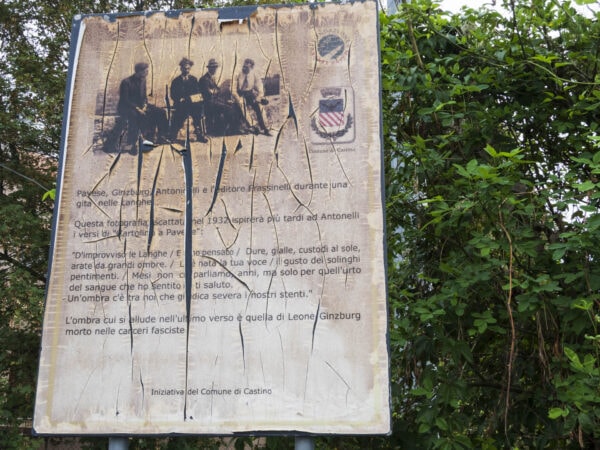
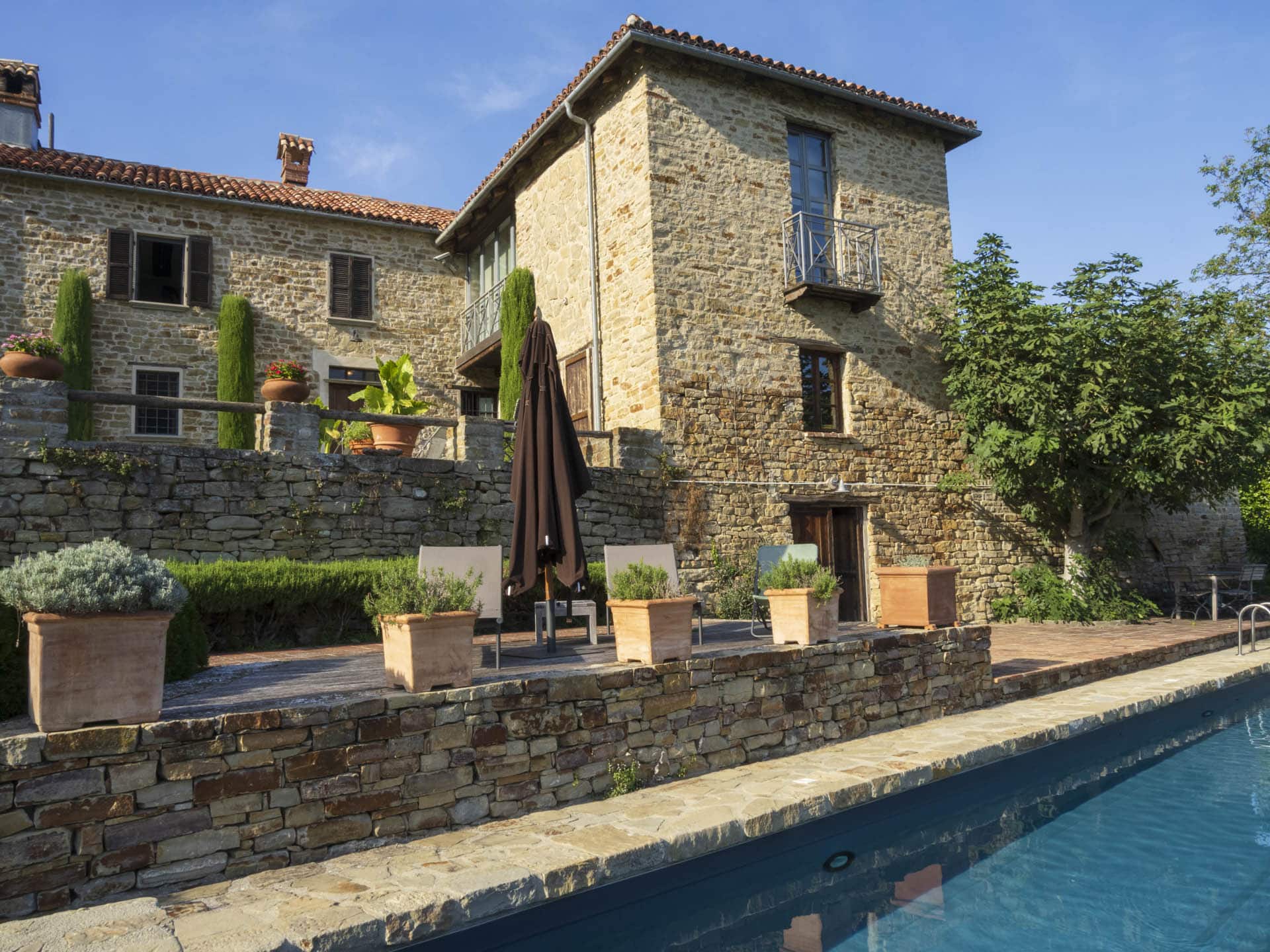
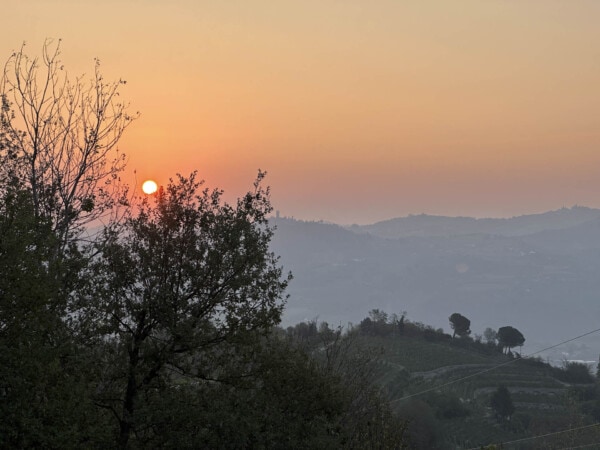


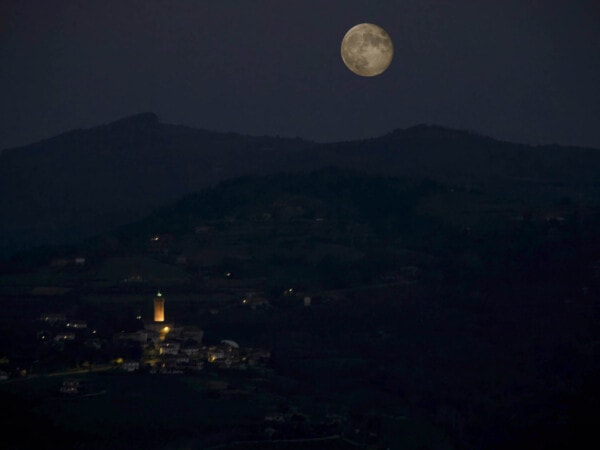
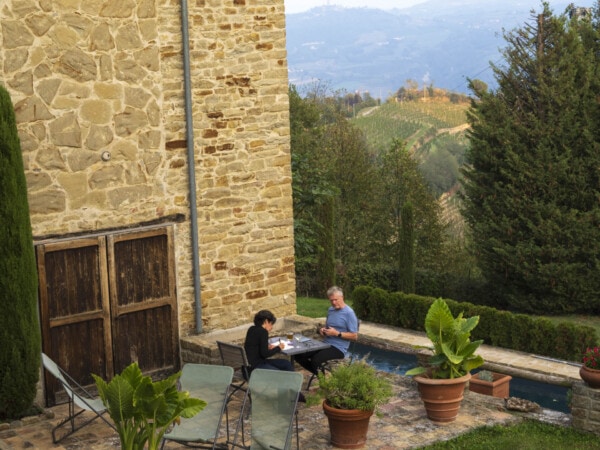

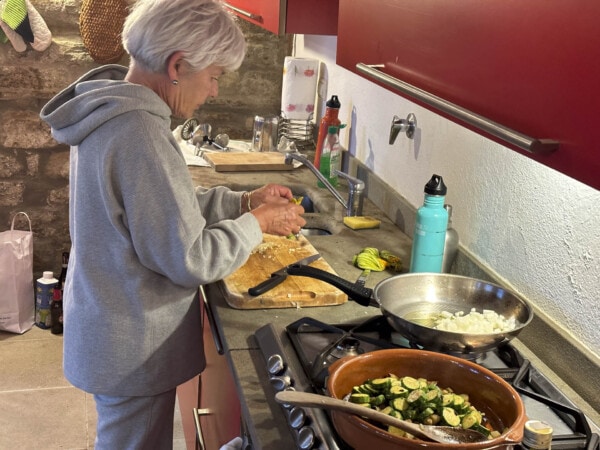
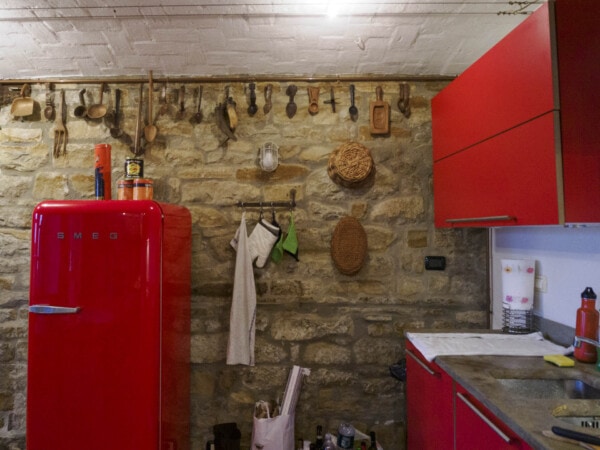
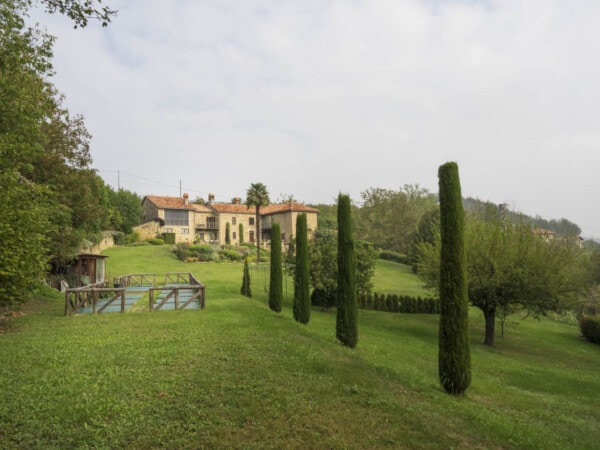
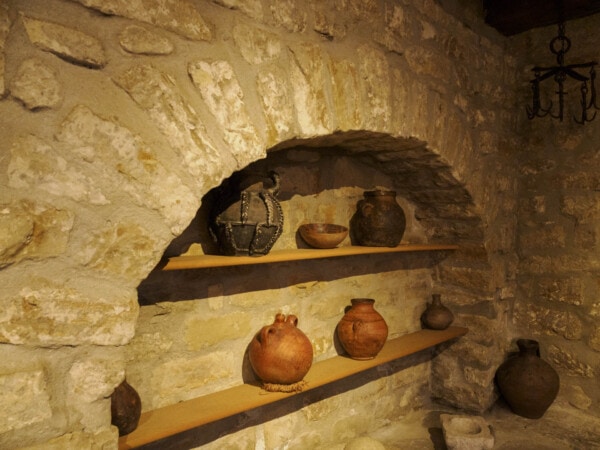
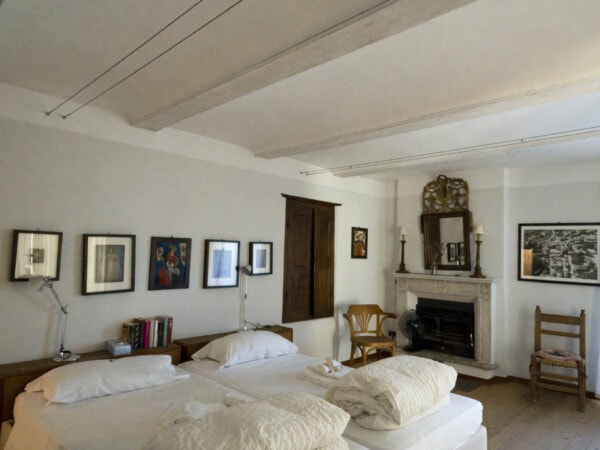
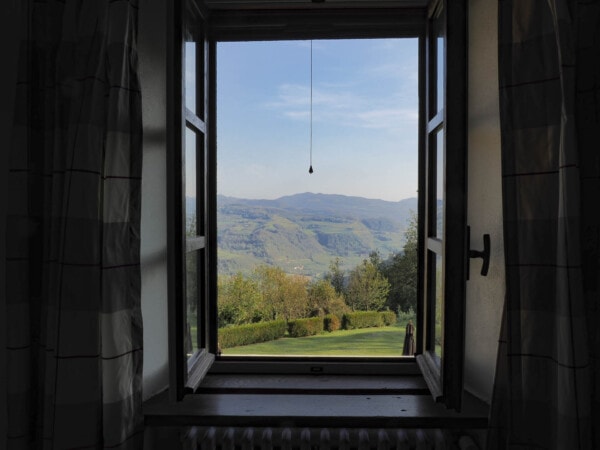
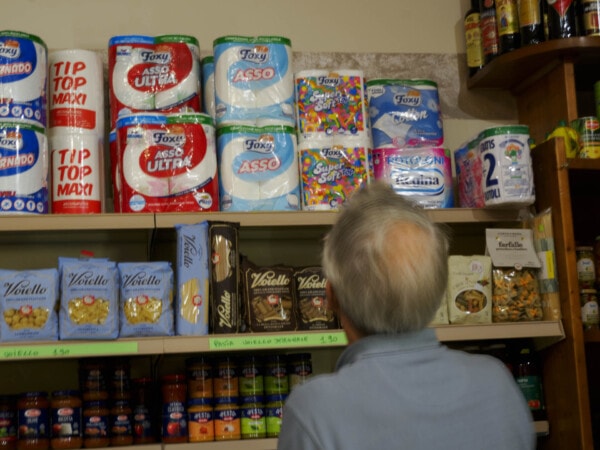
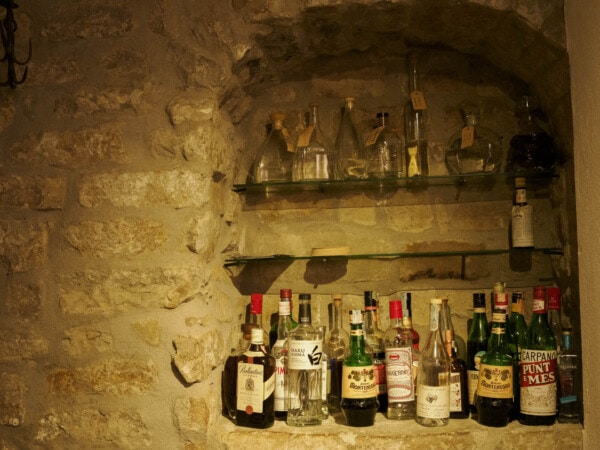
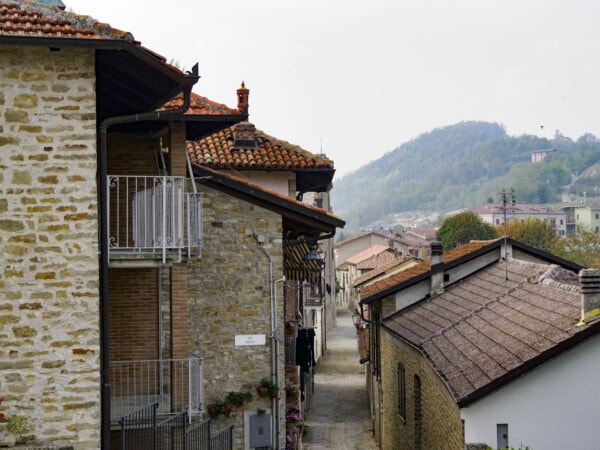
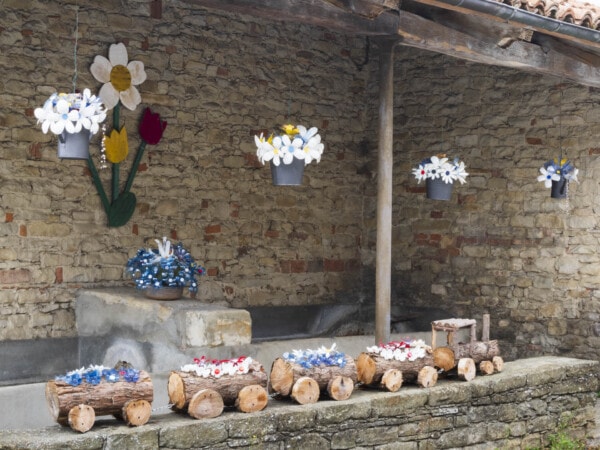

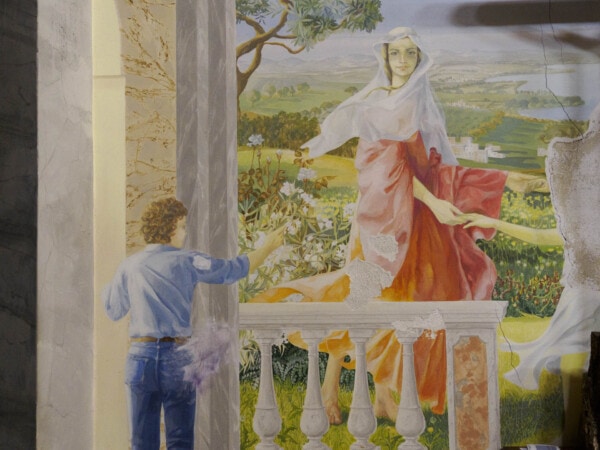
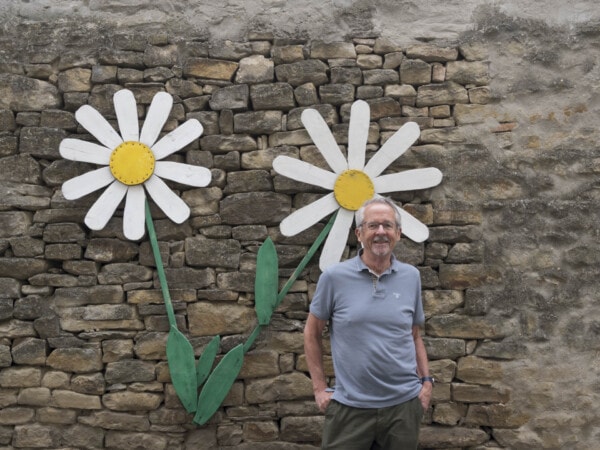
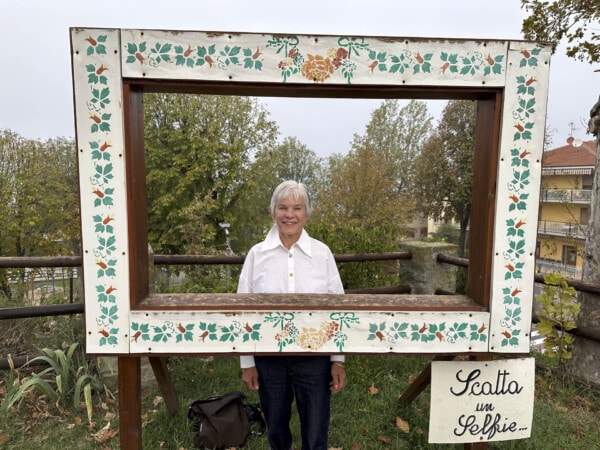
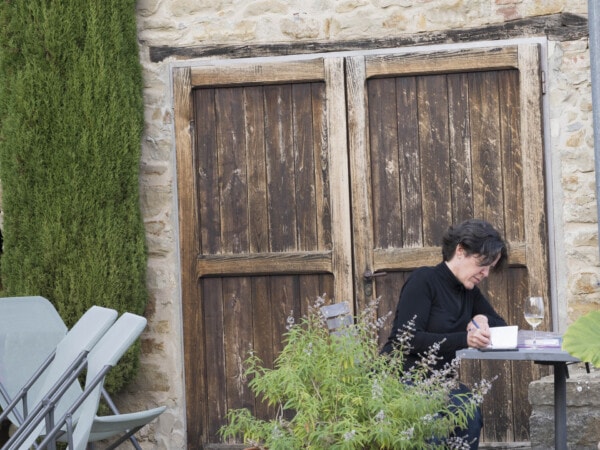
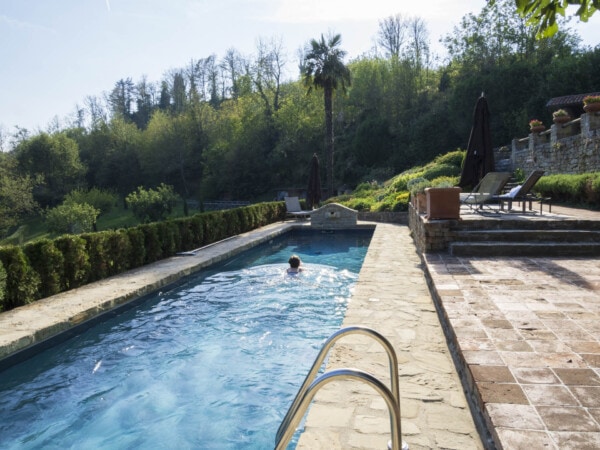

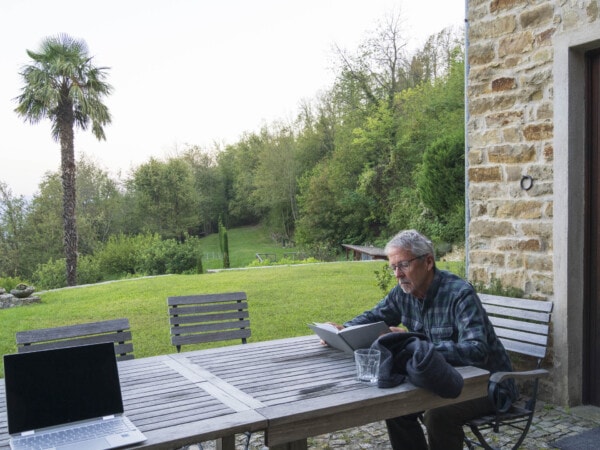
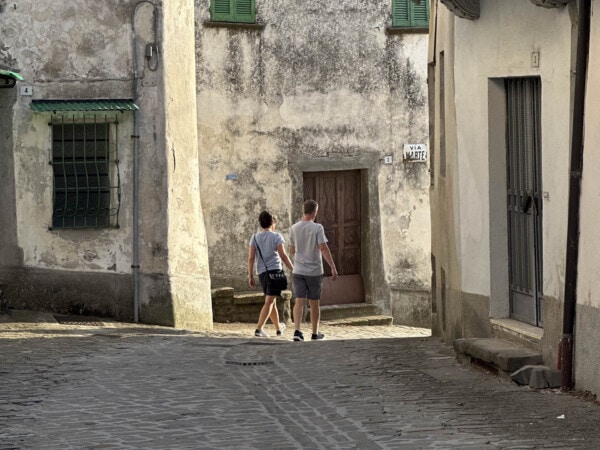
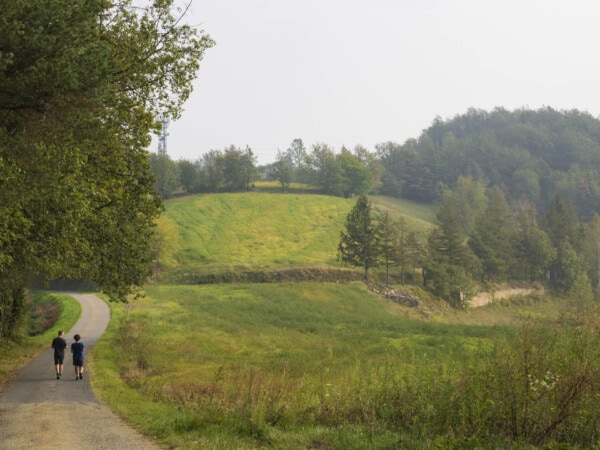
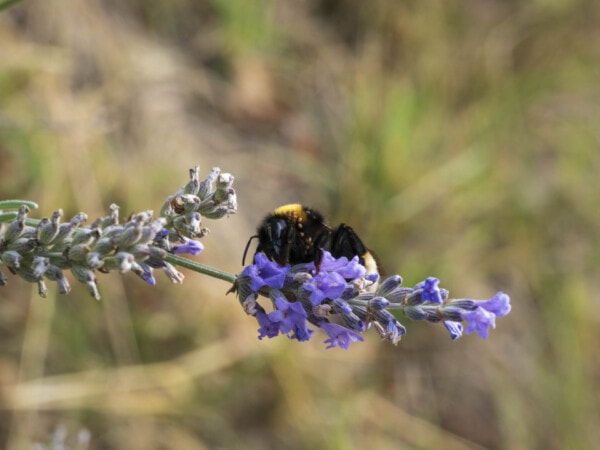

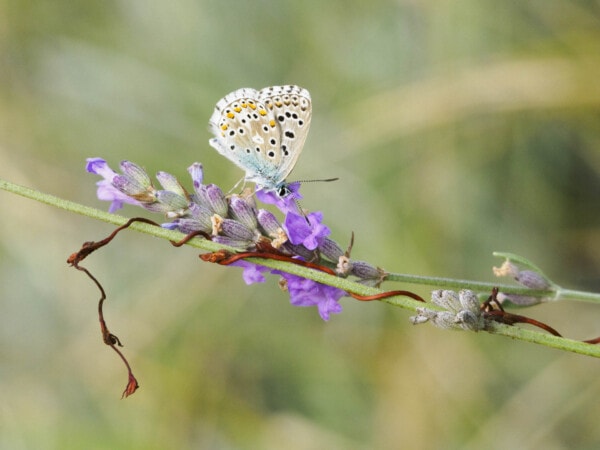

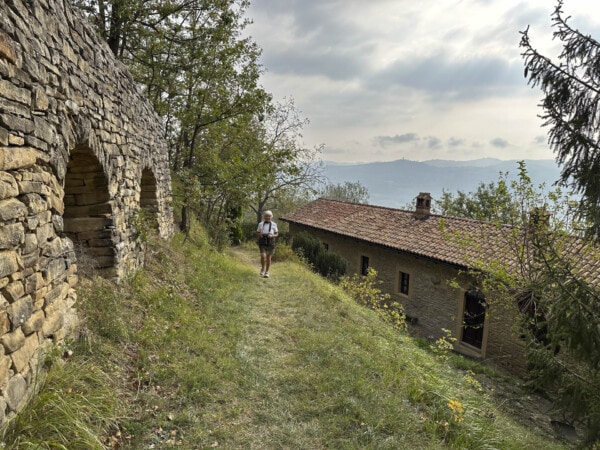


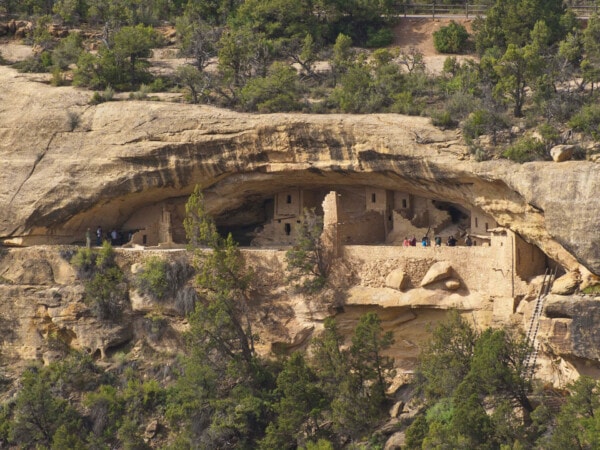

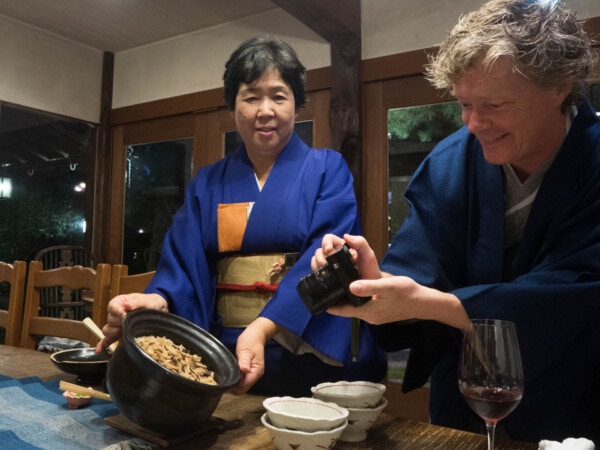

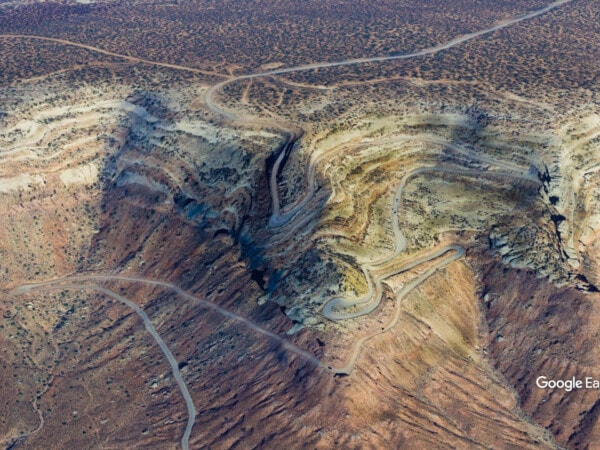
4 Responses
An idyllic place to spend time if there ever was one.
That it was, even with the moths, scorpions and creatures night-scuttling in the walls of the apartment.
Beautiful pictures of another wonderful spot you have found! Love, love the memories you created with Lynn and Ward, time with our adult children is indeed a little piece of heaven. Happy Birthday to Lynn, and love to all! ❤️🥰
Too big for us, but we thought there might be six of us on the trip. It would accommodate your gang for sure.